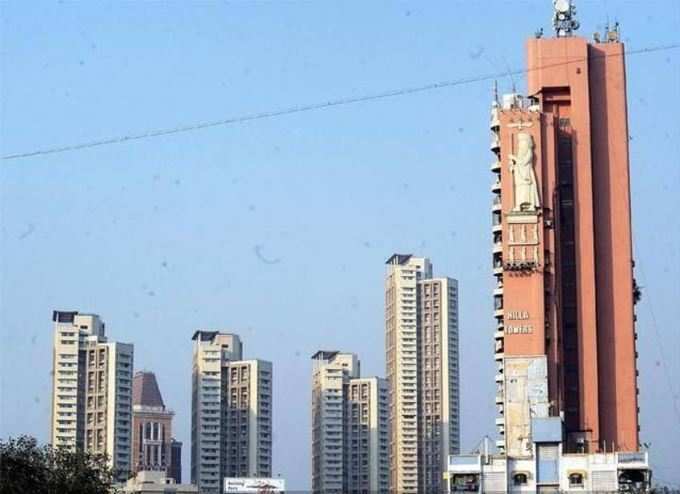
Prime Minister
“In a country like India, which has not been able to meet the housing needs of the largest part of its population, a massive number of flats standing empty comes across as an aberration,” said Arvind Jain, managing director of Pride Group.
He added, “Many Indians cannot yet afford to buy their own homes; these vacant flats should at least be rented out by their owners so that more of the population can find homes within their means.”
However, the issue is not what meets the eyes. Industry players attribute the increasing numbers of vacant flats to various factors such as non-compliance of legal norms by the builders. “In such projects, many of the flats may be ready and also bought up, but they are not legally fit for occupation by anyone,” he noted.
Also, he pointed out that
He also stated that in many other cases, several homes remain unoccupied as the areas they are in lack water supply, electricity, connectivity or other forms of support infrastructure. “In other words, they are not in livable conditions - their owners did not do the necessary due diligence and believed unreliable developers who told them that the necessary infrastructure is on the way,” averred Jain.
Realty players noted that the government, if addresses these issues efficiently, it may then become a tad easier for them to implement their massive project successfully. However, a large part of the responsibilities also lies with the builders, in case, his project is stalled due to non-compliance of norms.
“If a significant amount of vacant homes in a city is held by investors focused only on capital appreciation, the state government can step in and enforce laws to release such supply onto the rental market. Instances where a builder has started his project is vacant because the locality lacks the necessary utilities or support infrastructure are trickier. He is clearly at fault for launching and marketing his project in such an area in the first place, but there is not much he can do on his own without support from the local municipality,” said Jain.
Representational Image: Indiatimes.com